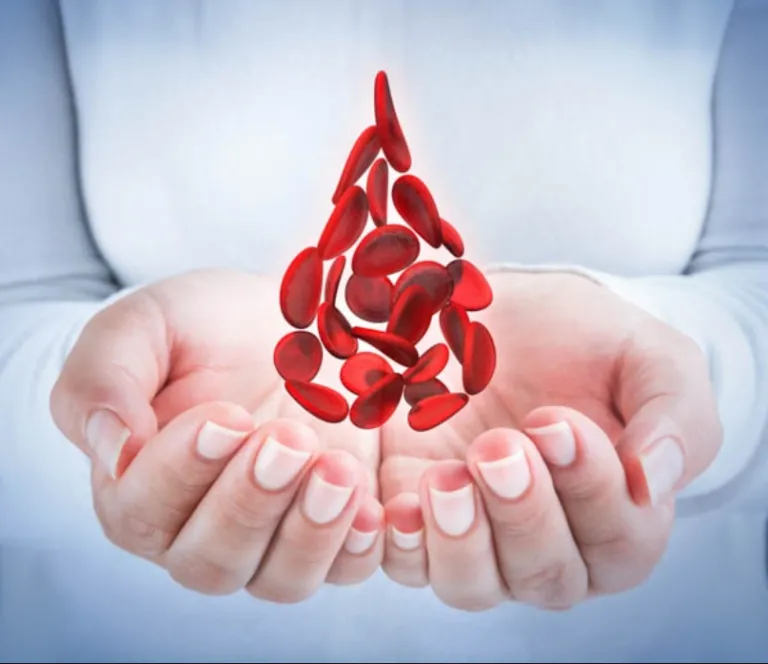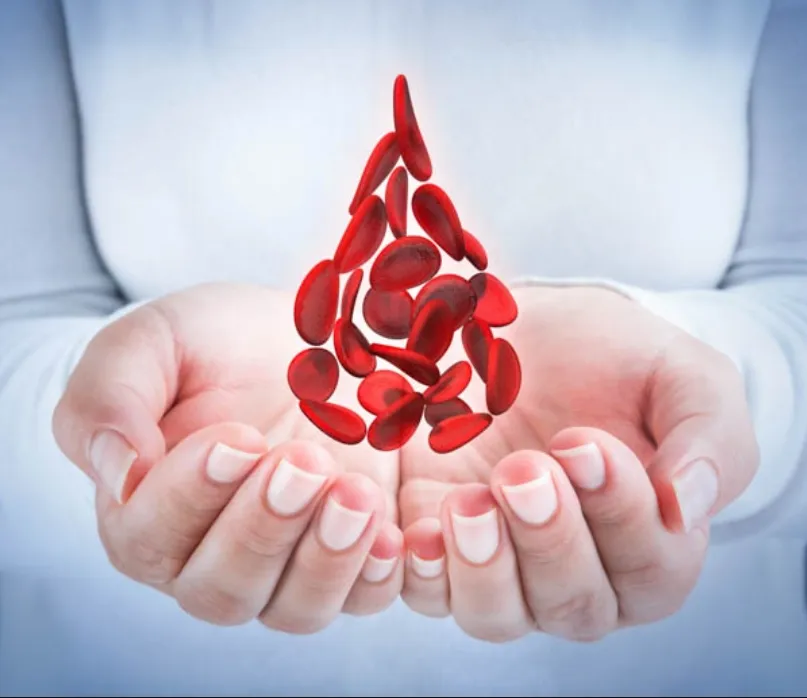For all parents, the health of their child is a priority. On the occasion of the umbilical cord blood month of July, we have compiled the most important information about stem cells from umbilical cord blood. This material can save the future health and life of the child, its siblings and immediate family and can only be collected during birth.
What are stem cells from umbilical cord blood?
Stem cells are unspecialized, multipotent cells of the human body, meaning that they are originally immature and can differentiate into other cell types. These properties are currently being exploited in various areas of medicine. Stem cells are found, among other places, in umbilical cord blood and cord, but also in bone marrow. For many years, the umbilical cord and its contents, like the placenta, were considered medical waste, disposed of by the hospital after delivery. The valuable stem cells they contained were thus irretrievably lost.
Where are stem cells from umbilical cord blood used?
The list of diseases for which stem cells are used includes more than 80 diseases. Stem cells derived from umbilical cord blood are most commonly used for the treatment of hematological and oncological diseases. In addition, they are also used in the treatment of autism spectrum disorders, cerebral palsy or amyotrophic lateral sclerosis. This shows that medicine and science continue to surprise researchers and no one can predict how further discoveries will affect the use of stem cells.
How is the cord blood collection performed?
The collection of umbilical cord blood is a completely painless and non-invasive procedure for both the baby and its mother. Parents come to the hospital for delivery with a special collection kit, which they receive from the stem cell bank after signing a contract. At the hospital, trained midwives collect the kit from the parents. Regardless of the type of birth, the collection of cord blood does not affect the timing of the baby’s delivery. The medical staff decides on the time of weaning based on the applicable organizational standard of perinatal care, their knowledge, and the well-being of the mother and newborn. Subsequently, the midwife collects the remaining blood in the blood vessels of the umbilical cord and placenta under sterile conditions. The material is properly secured and transported to the laboratory, where the sample is examined for viruses, bacteria and fungi, among other things. After the so-called processing, the stem cells are then frozen and stored in liquid nitrogen vapor at -190 degrees, so that they do not lose their unique properties and can be used at any time in the future.
Advantages and limitations of cord blood
According to Prof. Mariusza Zimmera, MD, umbilical cord blood is “one of the greatest achievements of medical progress”. As a source of valuable stem cells, umbilical cord blood represents an alternative for many people struggling with various diseases such as blood cancer or incurable cerebral palsy. Many people then wonder what advantages they have over cells derived from bone marrow. For one thing, they can be used virtually ” on the spot ” without the need to find a tissue-compatible donor. Moreover, cells derived from umbilical cord blood do not lose their properties and are “younger” than cells contained in bone marrow. Transplantation of cells from umbilical cord blood also carries a lower risk of rejection. Cells from cord blood also have a greater regenerative capacity than bone marrow. It is up to the parents to decide whether they want to collect cord blood at the birth of their child and have the option to use it in the future if needed.
What about public banks?
Currently, there are both public banks and family banks. In family banks, parents have the assurance that the stored material from their child’s cord blood can only be used for their family members. In public banks, it is necessary to give up the right to the stored stem cells. For this reason, in case of need, they can be used by any patient from anywhere in the world. If you want to secure the future of your children, it is better to choose a family bank to ensure that the stored material can be used for your family.
How much does a cord blood bank cost?
Many people find the cost of cord blood banks too high and therefore decide against storing their child’s stem cells. However, the fee system is designed to be very affordable. The cost of cord blood banking is divided into two types of payments: a prenatal fee and a postnatal fee. The prenatal fee covers the cost of the collection kit, the cost of collection at the hospital, transportation, and initial preparation, among other things. The postnatal fee covers the preparation of the blood for the preparation, all necessary tests on the sample, freezing of the stem cells and long-term storage, which can also be paid in installments.
If you want to ensure a safe future for your child, it is worth making an informed decision about cord blood collection and stem cell storage. The decision to preserve cord blood is a kind of life insurance and should not be abandoned. You will only have the opportunity to collect cord blood once in your child’s life – at birth.











